Welcome to Moda!
Meet Moda Designer, Debbie Maddy
Meet Moda Designer, Debbie Maddy
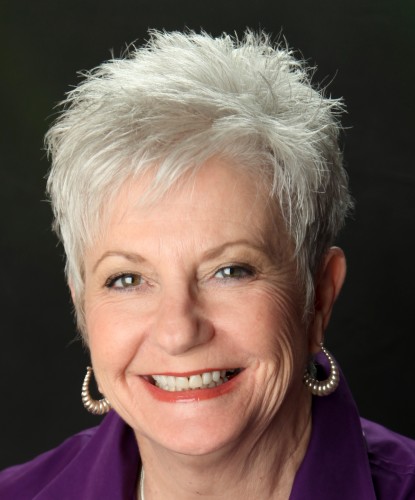
Debbie Maddy loves to teach, and she’s well known for making diamond and Y-seam blocks accessible to quilters of all skill levels. But she’s also got another obsession: indigo. And she’ll be sharing that with quilters everywhere when her indigo-themed Moda fabric debuts at the end of the month.
The line, Shibori, is the culmination of Debbie’s longstanding interest in dying cloth. She’d dabbled in silk painting and hoped to travel to France to learn to dye with woad (a plant that contains a blue pigment similar to indigo) with Kaari Meng, Moda’s French General designer, but the trip filled before Debbie could finalize her plans. Then Lissa Alexander (aka Modalissa) mentioned that Kaari was coming to Dallas for a one-day indigo workshop and Debbie signed on. “That just hooked me totally,” says Debbie, who followed up with two weeks at the Arrowmont School of Arts and Crafts, where she learned to use shibori, for which her collection is named.
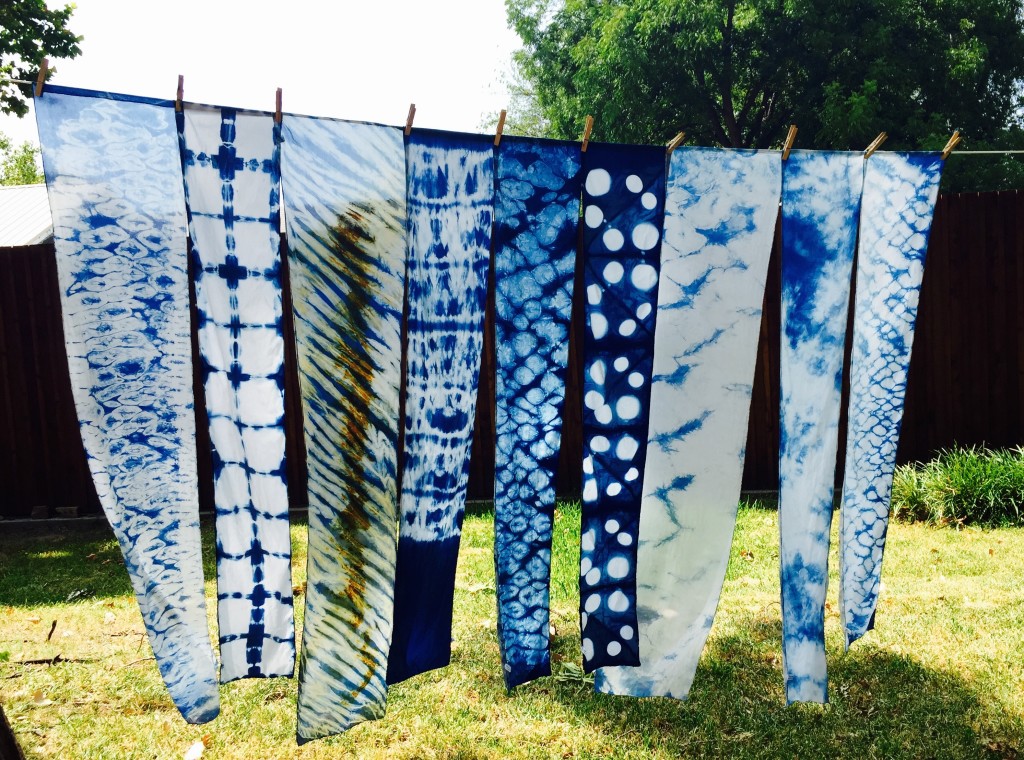 Silk scarves Debbie dyed with indigo
Silk scarves Debbie dyed with indigo
Shibori involves stitching that gathers fabric tightly before dying and results in light and dark areas on the finished cloth. Debbie also employs itajime, in which wood and acrylic shapes are tied and clamped to the cloth, creating effects both subtle and dramatic.
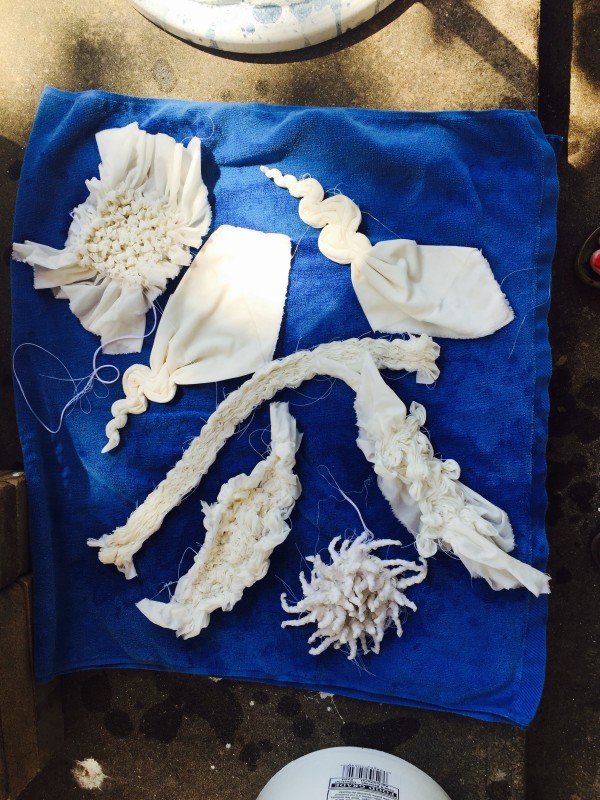 Shibori-stitched cloth, ready for the dye vat
Shibori-stitched cloth, ready for the dye vat
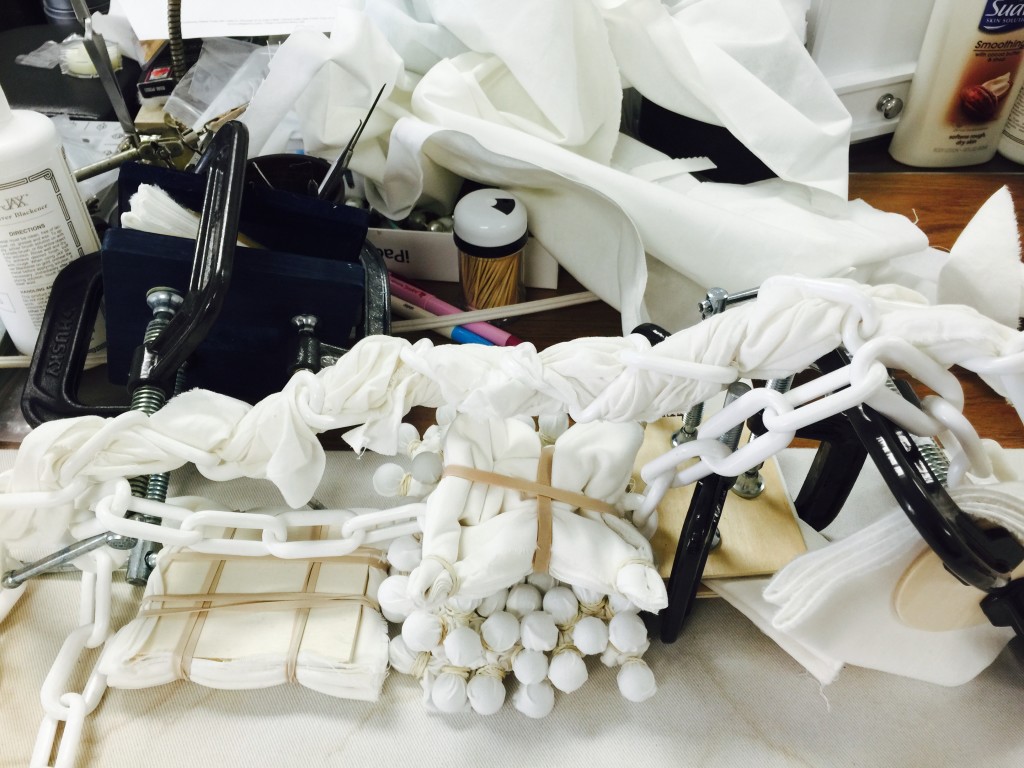 Fabric prepared for indigo dying using Itajime techniques
Fabric prepared for indigo dying using Itajime techniques
Debbie’s journey with fabric began early. “I have always sewn,” she says. Her first machine attached to a table with a C-clamp and was hand-turned. The summer she turned nine she was allowed to use the “big” machine and garments for her family soon followed. In the 1970s she tried her hand at quilting. “I used templates from a magazine and couldn’t get it right—I kept turning them the wrong way,” she says. It wasn’t until 1982, while living in Amarillo, that she took a class at a local shop and loved it. After making three blocks in that first class, she signed on for a hand-stitched, king-sized sampler that used paper templates.
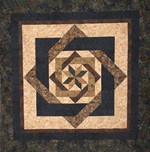 Calico Carriage's popular Labyrinth pattern
Calico Carriage's popular Labyrinth pattern
As her skills grew (and the rotary cutter came on the scene) Debbie started teaching, first friends, then in shops. She designed a project based on the traditional Carpenter’s Star block to teach a group of friends and wrote up the pattern. “Karen at Cabbage Rose in Fort Worth quilted it and kitted it and took it Festival, and that was the beginning,” says Debbie. In 2002 Debbie and her husband attended Quilt Market in Portland and visited every booth to make sure her offerings were unique, and in fall 2003 she set up at Quilt Market in Houston. “I had half a booth on the back wall, but it was at the end of the aisle on the way to the ladies room so it was perfect,” she says with a laugh. She’d been warned that customers wouldn’t buy right away. “But they blocked the aisle on that first day, and I thought ‘Well, I can do this!’” she remembers.
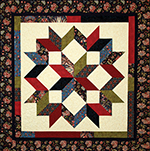 Calico Carriage's Carpenter's Star pattern
Calico Carriage's Carpenter's Star pattern
In 2006, Debbie retired from her 35-year career as a dental hygienist and teacher of other hygienists to take her business, Calico Carriage Quilt Designs full time. In addition to designing patterns, she travels the country teaching. “I just love seeing that light bulb come on, and I love the excitement, especially when new quilters finish a top,” she says.
Her connection with Moda goes back to 2002, when Debbie Outlaw found her at Market and United Notions became the first to carry and distribute her pattern. “Everyone I’ve had any contact with over the years has been fabulous, just the best,” says Debbie. “Moda people are wonderful!”
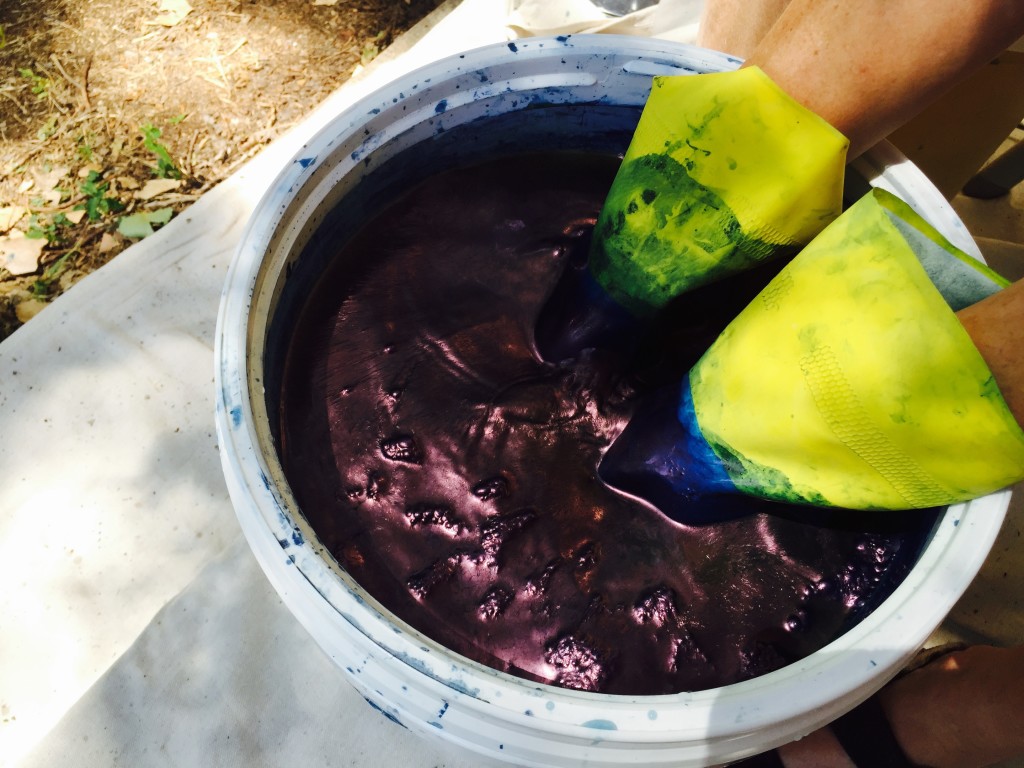 A vat of indigo dye
A vat of indigo dye
Debbie continues to add to her indigo knowledge—next month she’ll head to Japan, to study indigo dying with a teacher who grows his own indigo near his 100-year-old farmhouse. In addition to working with vats of the dyestuff, the group of ten students will visit local craftspeople and even learn to make udon noodles from a 98-year-old woman. Debbie can’t wait. “It will be my first opportunity to work with stencils and rice paper resists,” she says of the indigo classes. “Who knows? It may even inspire a new line of fabric!”

Comments